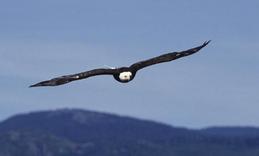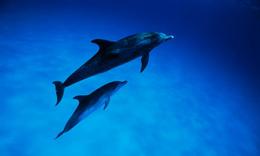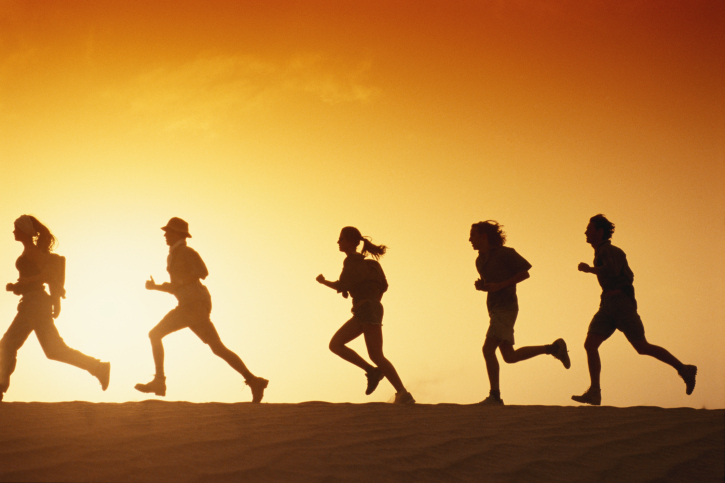Percentages are approximate. The primary focus is on safe aerobic travel versus motorized travel when practical. Of course, safety includes solid bike and run practices as well as constant vigilance. Achieving optimal aerobic exercise without being impractical is a fun challenge.
Novel Drafts / Reports / Correspondence:
80% electronic
20% paper
Publishing goal for novel "Down to Earth": Start with Kindle and
provide paper book copies of the novel only by 'on-demand'.
Transportation:
90% Motorized Vehicles, 100% gasoline fueled (however,
mileage is approx. 40 mpg highway, 33 mpg city.
Keeping clients that aren't remote within 5 miles (1 to 4 miles typical).
of Earth and Space (so far, so good with remote work operations).
5% Bicycle including most destinations within 10 miles of our
Houston NASA area.
5% Walking and Running: See health and safety notes for biking, walking, and running below.
Goal: 100% non-fossil fuel for all land, sea, and air travel (Good luck, right? Wish my bike could fly cross country)
Equipment Power:
90% Utility supplied electricity. Goal: 100% Solar power in place of utility supplied power.
10% Battery Power.
- 100% Rechargeable batteries for all battery needs.
- 0% Disposable batteries; all disposable batteries are disposed of properly as hazardous waste including expired rechargeable battaries.
Bike Notes:
The Houston NASA area, known as Clear Lake, is conducive to biking. There are trails to safely bike between NASA and Pasadena. Webster and Seabrook are making progress with bike path programs and Seabrook has an excellent trail system. Other Bay Area destinations that extend to Galveston and Freeport are not feasible to reach by bike at this time.
Taking your bike with you: Houston Area communities are - for the most part - bike friendly and some have interconnecting paths with their neighboring communities.
The Houston Region is in the process of developing an enormous bike trail network. This is an incredibly environmental and health friendly project for Houston Region citizens and perhaps area wildlife. Asia, Europe, and the Middle East have been relatively bike friendly for as long as bikes have been around. They have been a great example for large metropolitan areas in the United States to follow. Houston seems to have taken notice in a big way, albeit the time to completion is surely going to be a while. The weather in the Houston Region is great for biking year round.
HEALTH AND SAFETY CONSIDERATIONS:
Biking
It’s best to let a friend and those at your destination know in advance that you are traveling by bike, your planned route, planned time of departure, and a reasonable time that you expect to arrive. Give yourself plenty of time so that you do not feel rushed. Repeat this process after work for your trip home. Have your cell phone with you and consider traveling with a fellow biker if that is practical. Know the road, sidewalk, and trail rules along your route. Make sure that your front and rear lights operate, that your reflectors are in place, and that your helmet is in good condition. Upon considering these and other relevant health and safety factors, if you are working for Earth and Space and want to bike to business daily, go for it. Please never attempt to make up time lost by rushing.
Walking
Clear Lake has excellent sidewalks, paths, and trails for walking to various destinations. As with biking and any other activity, always consider health and safety factors completely before leaving and in general, follow the same rules of contact and planning.
Running
Consider all that you would for biking and walking plus the matter of sweating. It’s best if you have a locker/shower arrangement such as those at NASA’s Gilruth Center, 12000 Aerospace at Ellington Field, or similar that can make your choice to run a practical part of a healthy routine. Daily aerobic exercise has long been proven to have great health benefits. However, keep in mind that not any or too much of a healthy thing can be equally counterproductive over the long haul. Learning what is best for you is part of the fun and a lifelong process.
The next closest star to us is about, oh, 25,800,000,000,000 miles away. Aside from the Sun, if you are on Earth or aboard the ISS, you are at most 12,500 miles away from anything you see above on this page. You are at least 25,800,000,000,000 miles away from the next planet like this one. Just as microbe and ocean is ocean, Earth and space is space. If the ocean is here for the life it contains, then space is here for life on Earth and on other worlds, as well. Either way, we are an influential participant of an evolving universe. - KEM
Down to Earth Rocket Science
EARTH AND SPACE CONSERVATION
Contact
About






